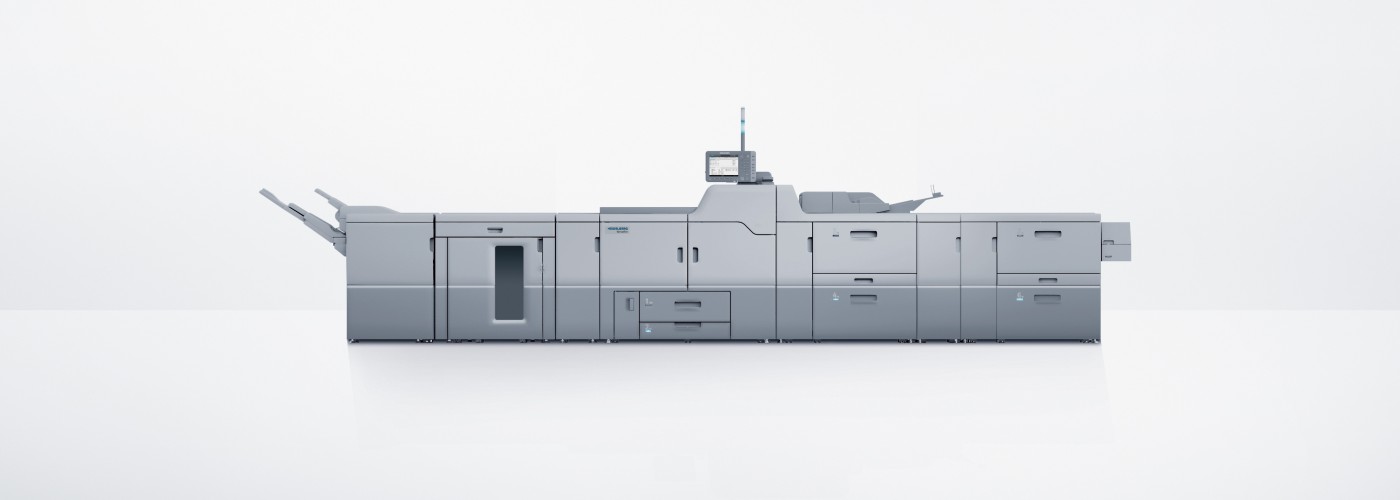Professional printing, how it works!
You are sometimes ordering business cards, leaflets, catalogues or other printing materials, but have you ever wondered how they are produced? We will tell you everything below. At Creative Pixel Agency we also aim at explaining things as much as possible, jargon-free.
- Let’s spare you with the exciting history of printing, you can read a few lines about it here.
- We will not go into newspaper printing process, which would need another article on its own.
- If you want something out of the ordinary for your brand, we are preparing a blog article with special colours (Pantone).
So what is happening from the moment you send that file, to the moment you get that box of nicely printed business cards?
How printing works?
The process of a standard industrial printing is the same as your printer at home. You send your design from your software to your printer which is analysed and converted to a printable file your printer would understand. The paper loads and slowly (most of the time) your page is printed.
With the industrial printing, each printhead, measuring around a metre high carries one colour: C Cyan + M Magenta + Y Yellow + K [key] Black.
By varying the amounts of ink on the paper, you get that huge variety of printed colours.
Your design will then be printed, duplicated on large sheets of paper. A typical press will take sheets of 40″ long (1 metre) by 28″ wide. The paper will then be trimmed to size into a large cutter, called massicot, in order to have the final size.
Now what really happens between the time you are sending the file and the print process itself?
Print process
There are 2 main ways used to print a document professionally: digital or lithographic (litho)
Digital Printing

Digital Printing Press
The digital printer works the same as a laser colour printer, but can accept large sheets of paper (A0 for instance, which is a metre wide !). The printing process is very quick, as the printer manages the digital file automatically. No complicated setup involved. The ink is made of toner (same as as laser printer) which is burned on top of the paper, or it can also be ink. There is no coating on the paper, making it more prone to scratches, and it also accepts a limited paper thickness (also called paper weight).
Litho Printing

Lithographic Printing Press with 6 “printheads”. Usually CMYK, and 2 special colours. Metallic, fluorescent, bright, or white.
The “crême de la crême” of printing, the quality is usually high standard as the ink simply sinks inside the paper. The inked image for each colour is transferred to a special plate (printing plate), to a rubberised blanket, and then to the paper. Each plate has one specific colour (CMYK), and the combination of those colours makes a full-colour print (4 colours). You can get variations by adding new plates and have metallic colours, fluorescent, etc.
In essence, while the latest digital printing presses can give a result close to what you can get with lithographic, the latter stays the absolute reference of printing. Litho printing is also more suited for longer runs (lots of copies), as the price per print will drop as the quantity goes up. You might also want to print only 2 colours which will make the job cheaper, as you would only have 2 plates to create.
So what makes a document professional, and why you shouldn’t print at home?
Financially speaking, professional printed and delivered documents would cost you around £0.16 /sheet (at £80 for 500), while your printer at home would cost £0.36 : (your time + use of the printer + ink + paper). In terms of quality, most home printers are limited in terms of paper weight, size, and quality. Repeatability (same quality across all prints) is another great quality of Offset printing.
Printing Quality
If you print super high-quality photos, use the outstanding Epson P5000, we are using this beauty in the office for proofing. The following is not set in stone and varies depending on the type of work that needs to be printed. But it you need to print less than 500 copies, use digital. More than 1000 copies, go for lithographic printing.
Don’t hesitate to contact us if you want to know more about printing, or need advice for your company.